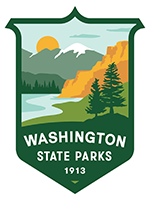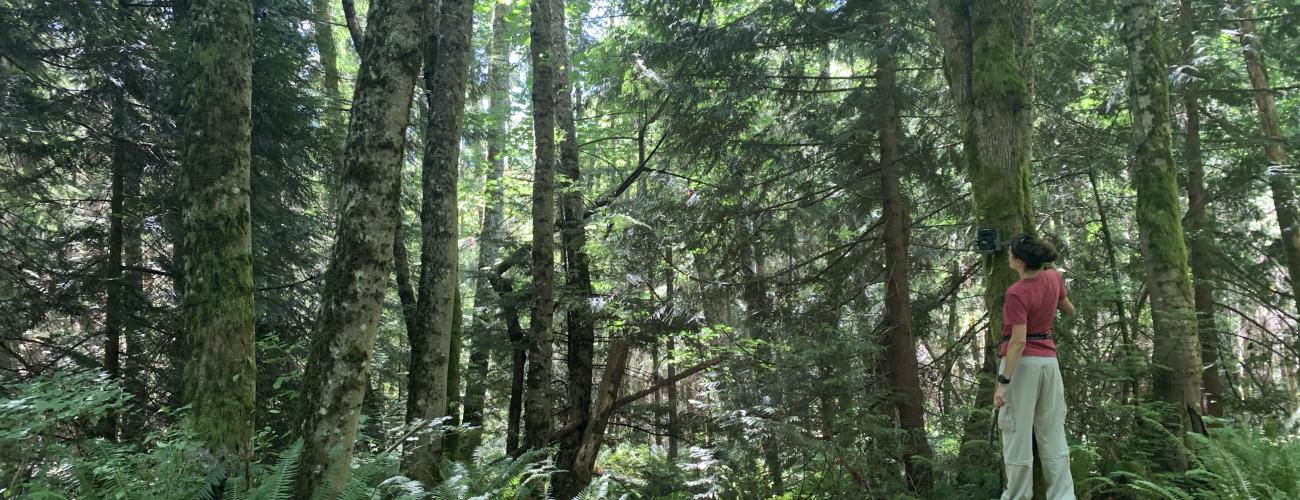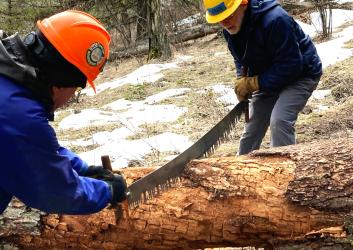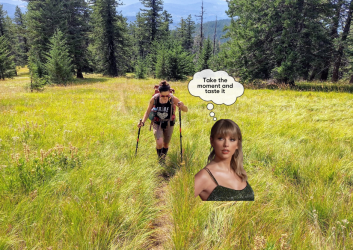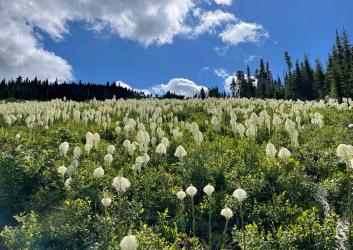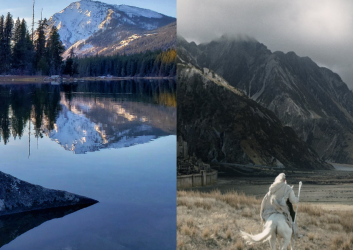A conversation with Parks Natural Resources Manager, Andrea Thorpe, PhD
Every time (literally, every time) our bloggers and social media folks have a question about the plants, animals or environmental issues in our parks, we call our Natural Resources Manager Andrea Thorpe, PhD.
And, despite being crazy busy in the field and at the office, she always does her best to humor us, correct us and give us straight answers.
Recently, we asked Dr. Thorpe to weigh in on her job duties, her professional path, favorite parks, plants and animals and what young people – and particularly girls – can do to explore STEM careers.
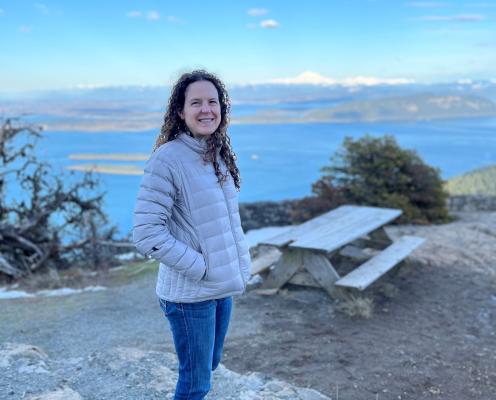
What do you do for Parks – when you’re not answering our questions about cute or crabby critters?
I provide guidance and oversight for the management of natural resources in our parks – from controlling invasive weeds to restoring salmon habitat, to designing trails to minimize impacts on plants and animals – and everything in between!
What made you want to become a scientist?
I have always been curious about the natural world. As a kid, I loved being outdoors and always wanted to know more about what I saw. I find so much beauty and awe in the natural world; it almost seemed inevitable that I would make a career out of learning more about and working to conserve it.
Your job is pretty broad. How did your background prepare you for this?
My educational and career history has been pretty broad as well. I've been able to dabble in a lot of different areas. But the most important thing has been seeing the value of admitting when I don't know the answers, enjoying the process of learning new things and asking for help from others when I need to.
What is your favorite part of the job?
Having the opportunity to visit our amazing state parks and knowing that what I do helps ensure these resources are well cared for and are around for much longer than I am.
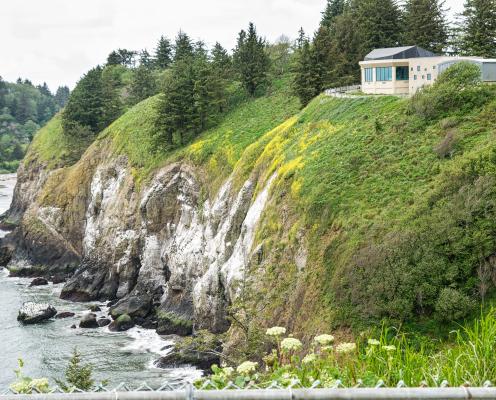
How do we – and our visitors – strike a balance between welcoming new groups and people into the outdoors and mitigating the impact of increased usage on fragile environments?
As managers, a key component of this is looking for opportunities where we can more easily accommodate more people and higher levels of activity, while also protecting the places that are fragile.
As visitors, it's considering that our actions can both individually and collectively have impacts, and appreciating that sometimes we need to modify our behavior to protect the places we care about.
How, in your opinion, can we best instill “Leave No Trace” principles in our visitors?
The easier we make it for people to follow Leave No Trace principles, the easier it will be for them to follow, so helping people understand what those principles are, why they're important, and making implementation easier.
(For Leave No Trace information, see this related blog.)
How has your work for Parks affected you personally?
Before I started working for Parks, I thought I had a sense of what it took to operate a state park, but since I've been in this position, I've come to understand just how much I didn't know before and how challenging it is! My appreciation for the hard work of everyone in our agency has grown so much.
What is your favorite state park? Your favorite WA ecosystem?
I can’t pick just one! I love so many of them for different reasons ... Moran for its giant, moss covered trees, Klickitat Trail for its miles of oak-lined trail, Columbia Hills for the prairie wildflowers in the spring, Riverside for the smell of Ponderosa pine as the sun starts to warm up the trees in the morning, Cape Disappointment for.... you get the picture 🙂

What is your favorite animal? Plant?
It's so hard to pick just one favorite!!! I do love rough-skinned newts and Oregon white oak (some call it Garry Oak) though.
In your free time, you’re a runner, skier, cyclist and backpacker. How would you recommend a busy professional with limited time and energy get started outdoors?
Think about what interests you, then just go outside! My daily activity is usually running and walking the dogs since I've found that's what's easiest for me and I feel a lot better when I do. The best thing is, it really doesn't take much to benefit from being outside – research has found that you can get benefit from just 20 minutes a day. Just put on some shoes, grab a jacket, and go outside!
(For more on how to get started outdoors, see our Ten Essentials and what to expect when you visit a state park for the first time blogs.)
What would you tell young girls or women interested in science careers?
- Find people who are doing what you're interested in and ask them how they got there.
- Look for opportunities to learn new things and gain experiences.
- Be persistent and tenacious; see challenges as opportunities for growth.
- Stay curious and open-minded. Sometimes it might surprise you what you end up enjoying! If you'd asked me when I first started college what I would be doing 25 years later, being the "Natural Resources Program Manager at Washington State Parks" wouldn't have even entered my head as an option. But I love what I do and am grateful that this is where my path has taken me!
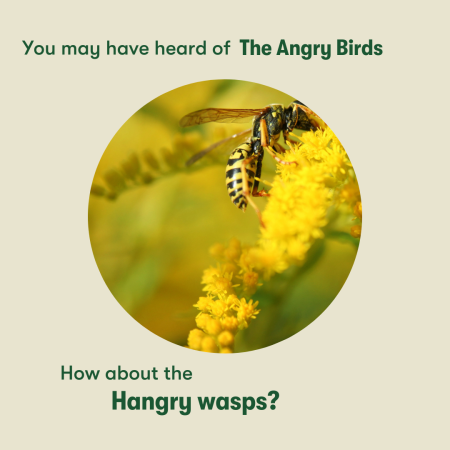
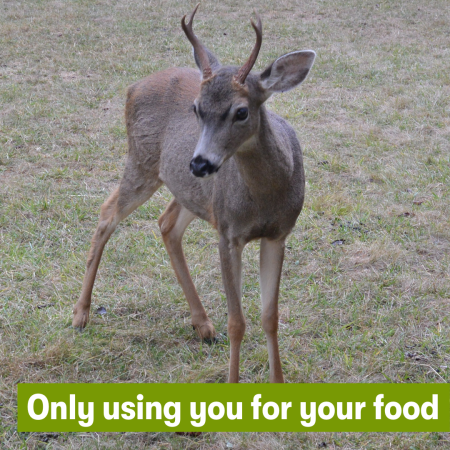
Originally published February 06, 2024
